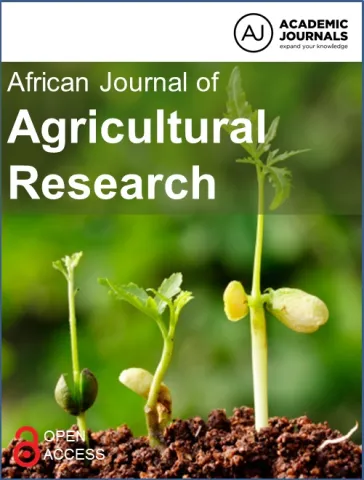Income mobility in diversified CSA households of Nyando Basin, South Western Kenya

Abstract
Climate-Smart Agriculture (CSA) strategies have been introduced in the Nyando basin (comprising Kisumu and Kericho Counties) in Kenya, and farmers have comparatively taken up the practices. This has resulted in the diversification of farming crops/livestock and incomes to bridge seasonal shortfalls under erratic harsh weather conditions due to climate change. The main objective of the study was to determine how smallholder farmers bridge seasonal incomes variations. This study demonstrates income diversification probabilities on four outcomes of climate-smart agriculture; agricultural practices, sales of goods and services, gifts/remittances, and savings (deposits/retrievals). Additionally, gender aspects were aggregated on the same in climate-smart villages (CSVs) and non-CSVs communities. The study used household-level financial diaries panel data, collected in 2019/2020 from 124 samples of farmers selected by a multistage sampling technique. Descriptive statistics and a multinomial logistic model were used to determine the risk/probability of income sources and mobility (livelihood diversification) from a set of strategies. Results indicated that agriculture diversification activities (sale of goods and services and agricultural practices) as income sources were seasonal-sensitive and during droughts, households diversified to gifts/ remittances and savings. Education, age and household size were noteworthy aspects that influenced the choice of livelihood diversification strategies there were gender differences in sources of contributions to household transactions whereby women mainly relied on Gifts/Loans/Credit/Advances while sales of goods and services were exhibited in men. CSVs predictors on all the income sources over the year were negative and not significant indicating a greater probability of CSVs shifting incomes sources to sales of goods than the non- CSVs.
